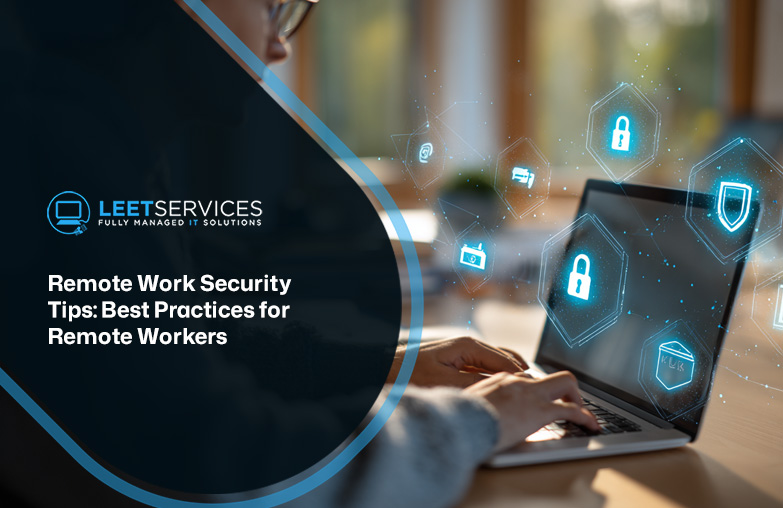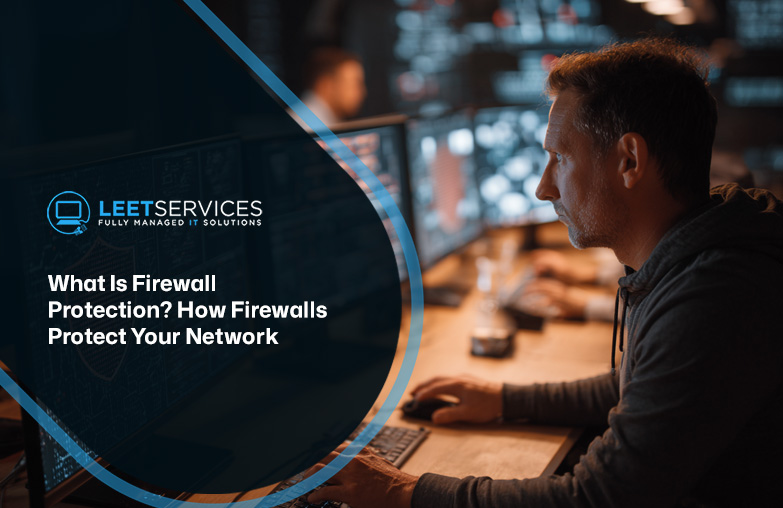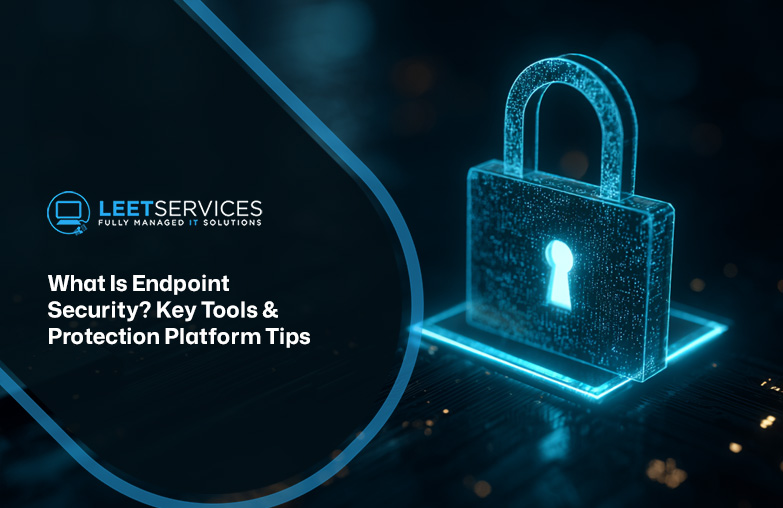Cybersecurity Best Practices to Prevent Cyber Attacks in 2025
Cybersecurity threats are growing more advanced, and small to mid-sized businesses are often the easiest targets. If you’re not following strong cybersecurity best practices, your company could be exposed to serious risks. In this blog, you’ll learn the most important steps to protect your business, avoid common mistakes, and prepare for 2025’s evolving threats. We’ll cover topics like password management, authentication, access control, and how to train employees to spot malicious activity.
Why cybersecurity best practices matter for your business
Cybersecurity best practices are more than just IT checklists—they’re essential for keeping your business safe from data breaches, ransomware, and downtime. Even one weak spot can lead to a major incident that disrupts operations or damages your reputation.
Following consistent cybersecurity practices helps protect sensitive data, reduces your vulnerability to cyber attacks, and ensures compliance with industry regulations. Whether you’re handling customer information or internal files, having a reliable cybersecurity program in place is a must.

Top mistakes to avoid when building your cybersecurity program
Even with good intentions, many businesses fall into common traps that weaken their cybersecurity. Here are the most frequent missteps and how to avoid them.
Mistake #1: Using weak or reused passwords
Weak passwords are one of the easiest ways attackers gain access. Avoid using the same password across multiple accounts. Use a password manager to create and store strong, unique passwords for each login.
Mistake #2: Skipping multi-factor authentication (MFA)
MFA adds a second layer of protection beyond just a password. Without it, attackers only need one credential to break in. Enabling MFA on all critical systems greatly reduces the chance of unauthorized access.
Mistake #3: Not training employees on phishing
Phishing emails are a top method for spreading malware or stealing login info. If your team isn’t trained to spot suspicious messages, they could unknowingly click harmful links. Regular training helps prevent these mistakes.
Mistake #4: Ignoring software updates
Outdated software can have known vulnerabilities that hackers exploit. Always keep your systems, apps, and devices updated with the latest security patches.
Mistake #5: Failing to back up data
If ransomware hits and you don’t have backups, you could lose everything. Back up your data regularly and store copies in secure, off-site locations.
Mistake #6: Giving too much access
Not everyone needs access to everything. Limit access based on job roles and responsibilities. This reduces the risk if an account is compromised.
Mistake #7: No incident response plan
When something goes wrong, every minute counts. Without a response plan, your team may panic or waste time. A clear plan ensures fast, coordinated action.
Key benefits of following strong cybersecurity practices
Following cybersecurity best practices offers real advantages:
- Protects sensitive data from theft or exposure
- Reduces the risk of cyber attacks and downtime
- Builds trust with clients and partners
- Helps meet compliance and legal requirements
- Improves employee awareness and response to threats
- Saves money by avoiding costly breaches

How authentication and access control improve security
Authentication and access control are two of the most important parts of any cybersecurity strategy. Authentication confirms that users are who they say they are, while access control limits what they can do once logged in.
Using strong authentication methods like MFA makes it harder for attackers to impersonate users. Access control ensures that employees only see the data and tools they need for their job. This reduces the chance of accidental or intentional misuse of information.
Steps to build a strong cybersecurity foundation
Creating a secure environment starts with a few key actions. Here are the steps every business should take.
Step #1: Assess your current risks
Start by identifying where your vulnerabilities are. Look at your systems, software, and employee habits. This helps you know where to focus your efforts.
Step #2: Set clear security policies
Create rules for how data is handled, how passwords are managed, and how devices are used. Make sure everyone understands and follows them.
Step #3: Use encryption for sensitive data
Encryption protects data by making it unreadable to anyone without the right key. Use it for files, emails, and data stored on devices.
Step #4: Secure your network
Use firewalls, antivirus software, and secure Wi-Fi settings. Make sure your network is protected from outside threats.
Step #5: Monitor for threats
Use tools that alert you to suspicious activity. Early detection helps stop attacks before they cause damage.
Step #6: Train employees regularly
People are often the weakest link. Ongoing training helps your team recognize threats and respond correctly.
Step #7: Review and update regularly
Cyber threats change fast. Review your policies, tools, and training at least once a year to stay current.
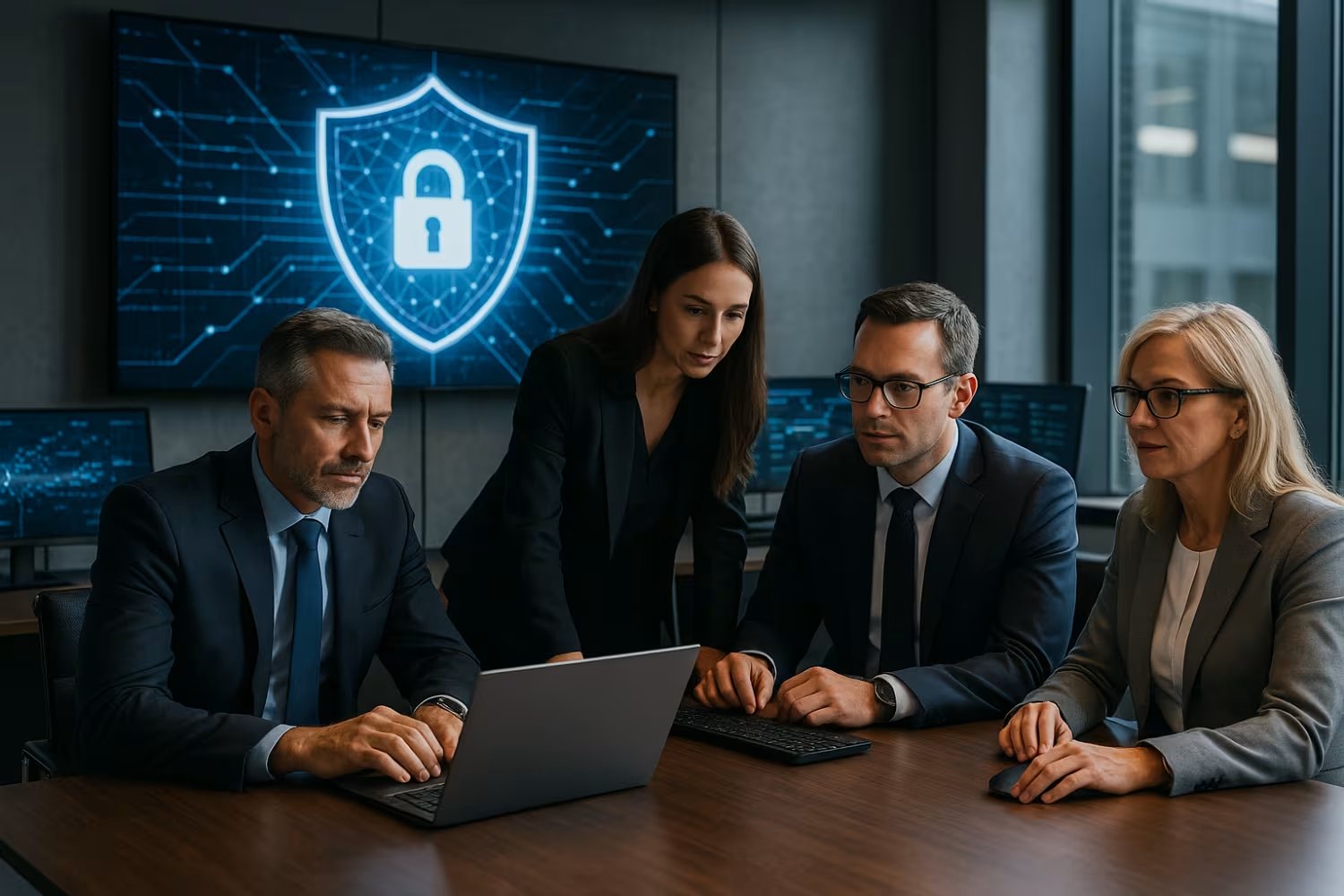
How to implement cybersecurity best practices in daily operations
Putting cybersecurity best practices into action doesn’t have to be overwhelming. Start by making small changes that build up over time. For example, require strong passwords, enable MFA, and schedule regular backups. These simple steps can make a big difference.
Make cybersecurity part of your company culture. Talk about it in meetings, include it in onboarding, and reward good security habits. When everyone takes it seriously, your business becomes much harder to attack.
Best practices for staying secure in 2025 and beyond
As threats evolve, so should your defenses. Here are the cybersecurity best practices 2025 will demand:
- Use zero-trust security models to verify every user and device
- Automate patch management to fix vulnerabilities faster
- Apply AI-based threat detection tools for faster response
- Secure remote work setups with VPNs and endpoint protection
- Limit access to sensitive systems using role-based permissions
- Regularly audit your cybersecurity program for gaps
Staying proactive helps you stay ahead of attackers and protect your business.
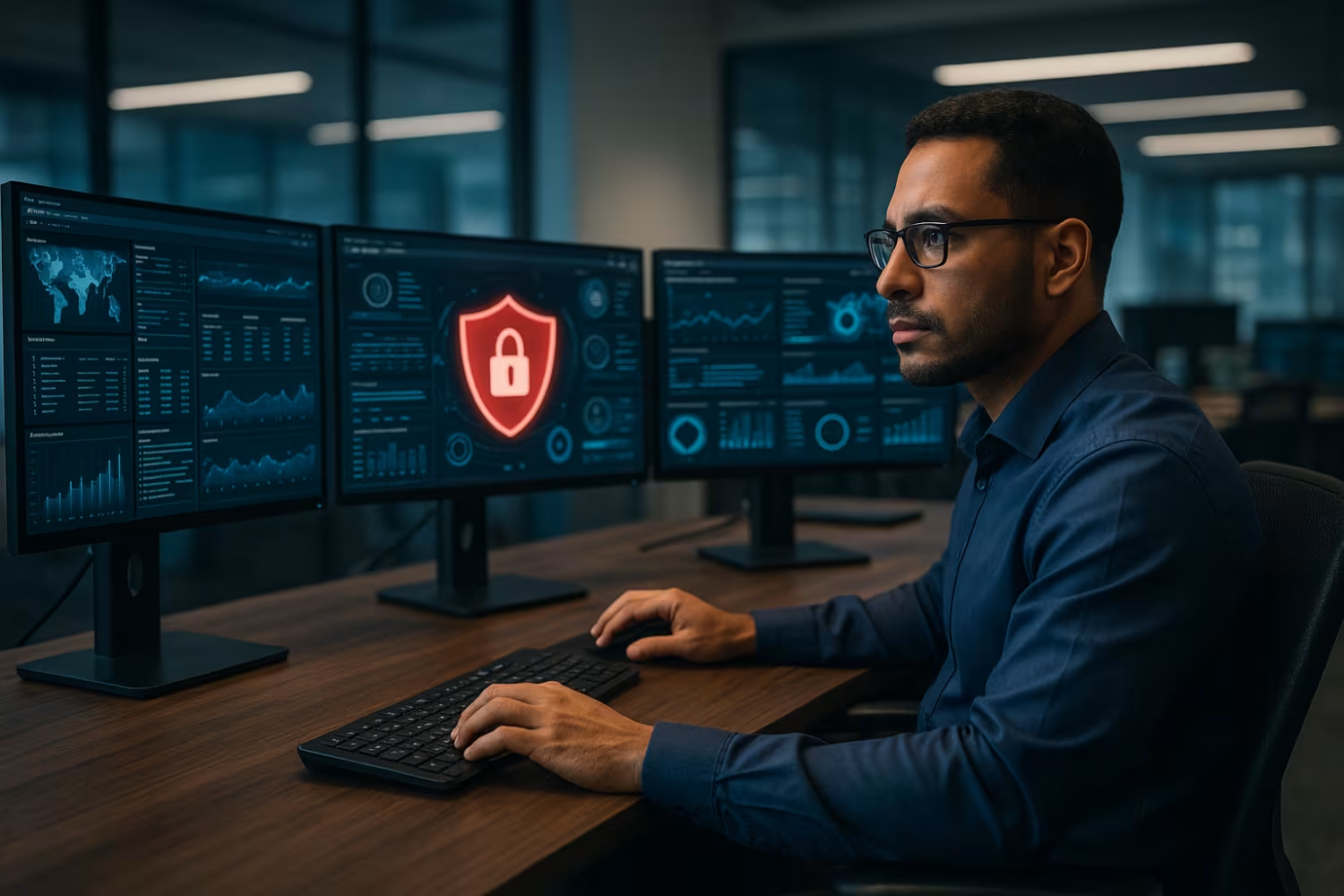
How Leet Services can help with cybersecurity best practices
Are you a business with 15–80 employees looking to improve your cybersecurity? If you’re growing and need help securing your systems, we can guide you through every step. From setting up authentication tools to training your team, we’ll help you build a stronger defense.
At Leet Services, we specialize in helping businesses like yours implement reliable cybersecurity best practices. We’ll assess your current setup, recommend improvements, and support you as threats evolve. Reach out today to get started.
Frequently asked questions
What is a cybersecurity best practice for protecting sensitive information?
One of the most effective cybersecurity best practices is to encrypt sensitive information. Encryption makes data unreadable to unauthorized users, even if they gain access. It’s especially important for personal information like Social Security numbers or financial records.
Another key step is limiting access to that data. Only employees who need it for their job should be able to view or edit it. This reduces the chance of accidental exposure or malicious misuse.
How does authentication help prevent cyber attacks?
Authentication verifies that users are who they say they are. Using multi-factor authentication (MFA) adds an extra layer of protection beyond just a password. This makes it harder for attackers to break in, even if they steal login credentials.
Strong authentication also helps prevent phishing attacks. If someone falls for a phishing email, MFA can stop the attacker from getting full access. It’s a simple but powerful defense.
Why should we train employees on cybersecurity practices?
Employees are often the first line of defense against cyber threats. Training helps them recognize phishing emails, avoid malware, and follow security practices that protect the company.
Without training, even the best systems can fail. A single click on a malicious link can lead to a major breach. Regular training keeps your team alert and informed.
What are the risks of using public networks for business tasks?
Public networks are not secure. Hackers can intercept data sent over them, including passwords and personal information. This creates a serious cybersecurity risk for businesses.
To stay safe, avoid accessing sensitive systems on public Wi-Fi. If you must, use a VPN to encrypt your connection. This adds a layer of protection against malicious activity.
How do we respond to cybersecurity incidents effectively?
Having an incident response plan is critical. It outlines what to do if a breach occurs, who to contact, and how to contain the damage. This helps your team act quickly and avoid confusion.
The plan should include steps for isolating affected systems, notifying stakeholders, and restoring data from backups. Practicing your response regularly ensures everyone knows their role.
What are common cybersecurity threats for small businesses?
Small businesses often face phishing, malware, and ransomware attacks. These threats can steal data, lock systems, or cause financial loss. They target businesses that lack strong defenses.
Using cybersecurity tips like enabling MFA, keeping software updated, and monitoring for unusual activity can reduce your risk. A strong cybersecurity program is essential for prevention.





.avif)
.avif)
.avif)
